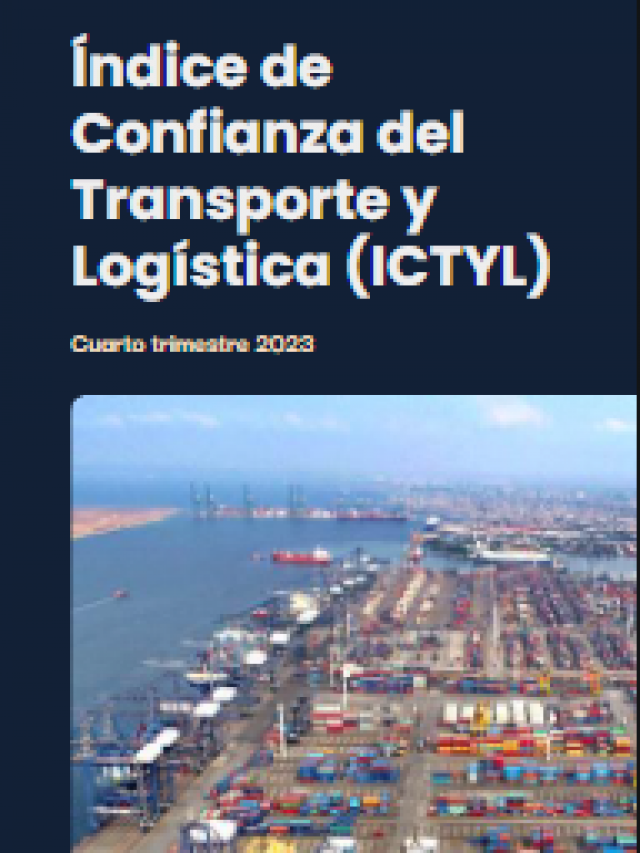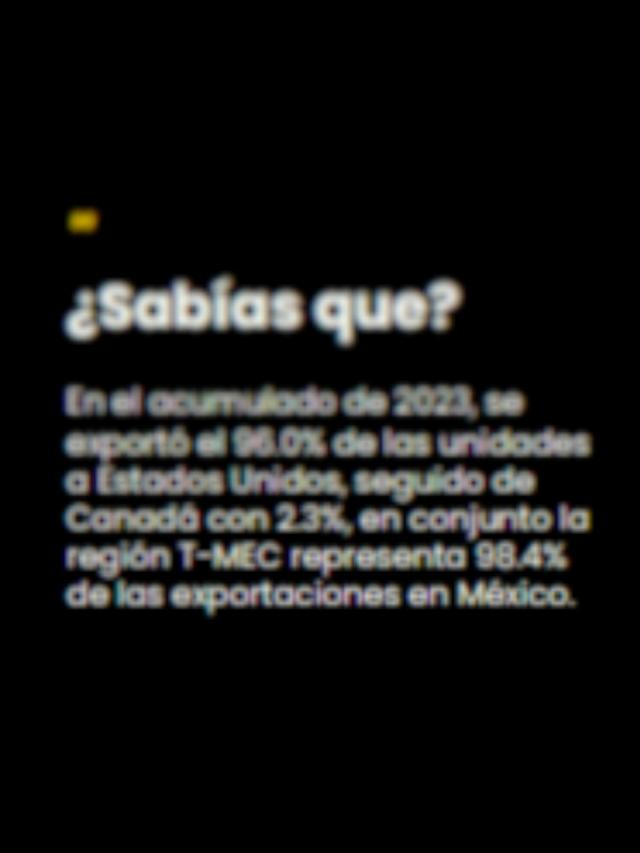
In April 2025, Mexican exports reached 54.296 billion dollars (mdd) , 5.8% more compared to the same month in 2024, although the trade balance showed a deficit of 88 million dollars in the fourth month of the year, partly caused by the trade tensions unleashed by the United States tariff war, reported the National Institute of Statistics and Geography (Inegi) .
In its most recent report on Mexico’s Merchandise Trade Balance (BCMM) , the agency detailed that the trade deficit figure compares to the $3.442 billion surplus reported in March.
This decline “resulted from a reduction in the non-petroleum products balance and a larger deficit in the petroleum products balance,” INEGI emphasized.
Exports, with positive figures
The increase in exports was due to a 6.6% increase in non-oil exports and a 13.2% decrease in oil exports. Among non-oil exports , those to the United States grew 5.7% annually, and those to the rest of the world grew 11.7%, the agency detailed.
Meanwhile, shipments of manufactured goods abroad totaled $49.015 billion , representing an annual growth of 6.6% .
The largest annual increases were in exports of machinery and special equipment for various industries (62.5%), household metal products (18.8%), professional and scientific equipment (18.5%), electrical and electronic equipment and appliances (6.4%), and mining and metallurgy products (2.5%).
Meanwhile, automotive product exports reported a 7.1% annual decline, driven by an 8% drop in sales to the United States and a 1.3% drop in sales to other markets.
Meanwhile, agricultural and fishing exports reached $2.233 billion , representing a 7.1 percent annual decline. During the period, oil exports totaled $1.833 billion, with crude oil contributing $1.265 billion.
 In the first four months of 2025, the value structure of merchandise exports was manufactured goods with 89.9% , agricultural goods with 4.4% , petroleum products with 3.7% , and non-petroleum extractive products with 2 percent .
In the first four months of 2025, the value structure of merchandise exports was manufactured goods with 89.9% , agricultural goods with 4.4% , petroleum products with 3.7% , and non-petroleum extractive products with 2 percent .
Imports decrease
In April 2025, the value of merchandise imports was $54.384 billion , representing an annual decrease of 1.2 percent . This rate resulted from a 14.3% drop in imports of non-oil consumer goods and a 75.5% increase in imports of oil consumer goods.
INEGI reported that intermediate-use goods worth $41.749 billion were imported , 1.9% more than what was reported in April 2024.
Imports of capital goods reached 4.731 billion dollars , which implied an annual reduction of 18.8 percent .
In the first four months of 2025, the cumulative value of total imports was $202.54 billion , 0.6% higher than the same period last year.
In the period January-April of this year, the value structure of imports was intermediate goods with 77.1% , consumer goods with 13.9% and capital goods with 9 percent .
Mexico, like other countries, is experiencing a period of uncertainty caused by the United States’ tariff war, which has imposed taxes on goods imported from other nations around the world and is currently on hold.
If this continues, analysts and credit rating agencies have estimated that Mexico could enter an economic recession.
The World Bank (WB) lowered its economic growth forecast for Mexico from 1.5% to 0% for this year. Meanwhile, the International Monetary Fund (IMF) forecasts a 0.3% contraction in Mexico’s Gross Domestic Product (GDP), which could lead to a recession in the country by 2025.
Comment and follow us on X: @GrupoT21















